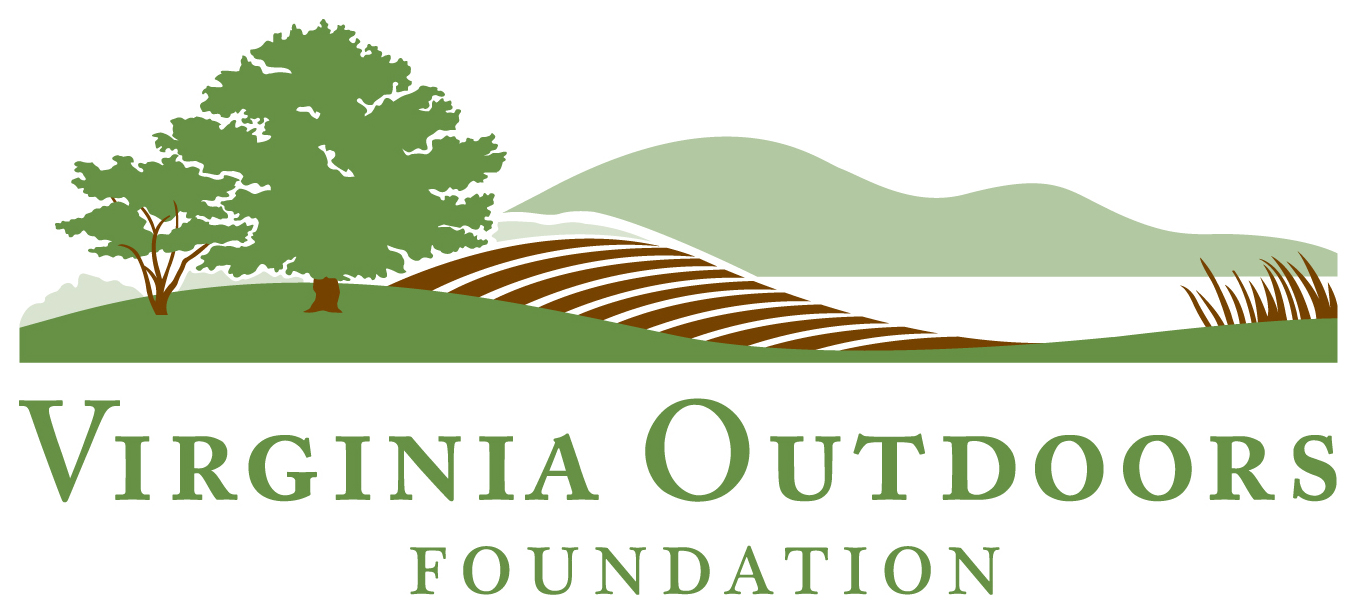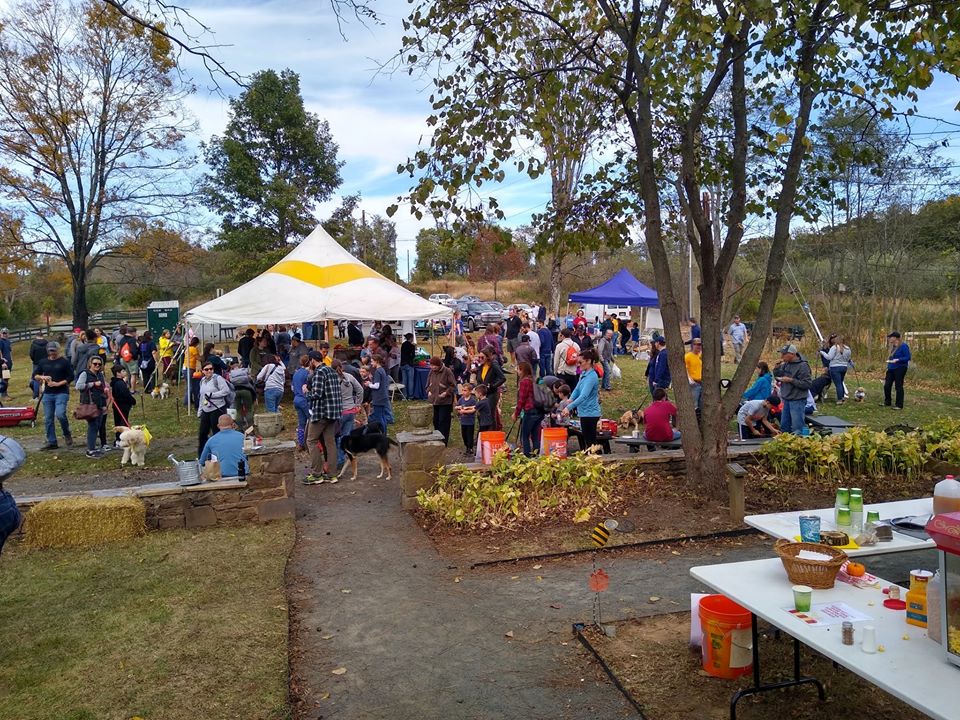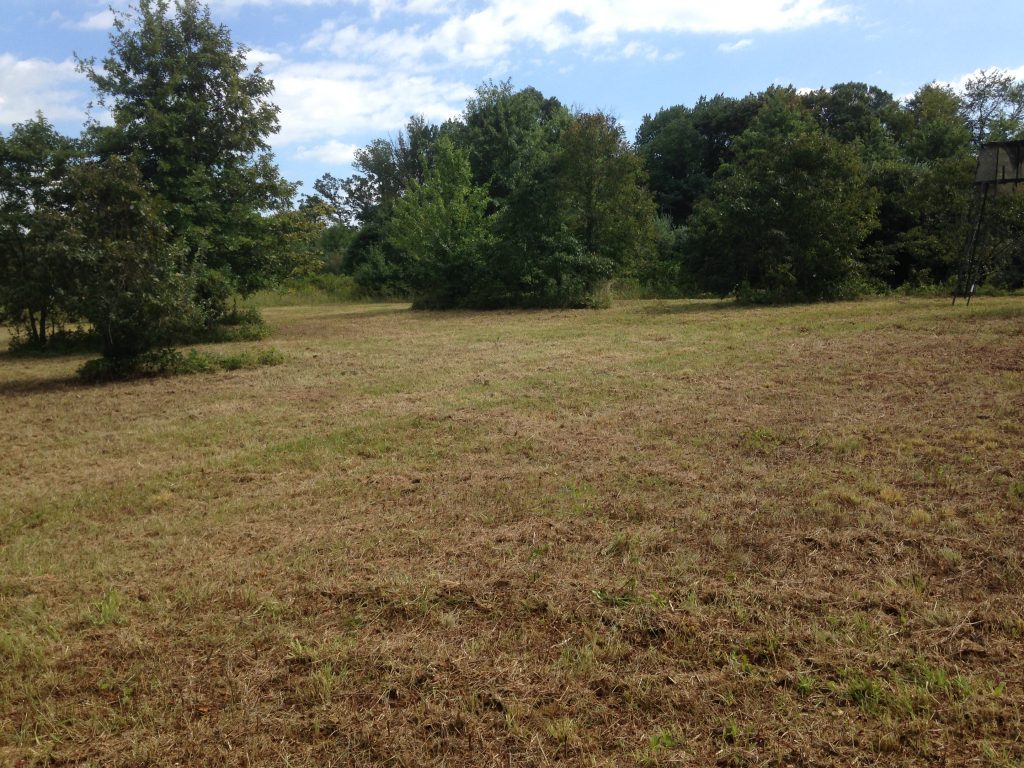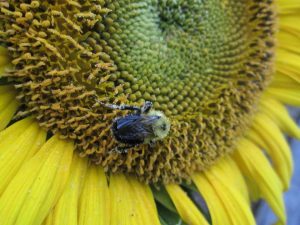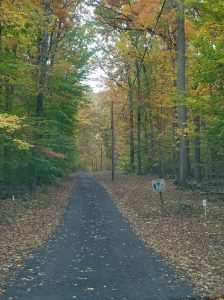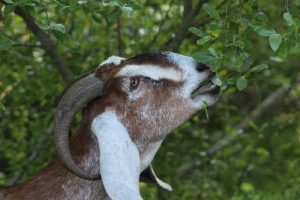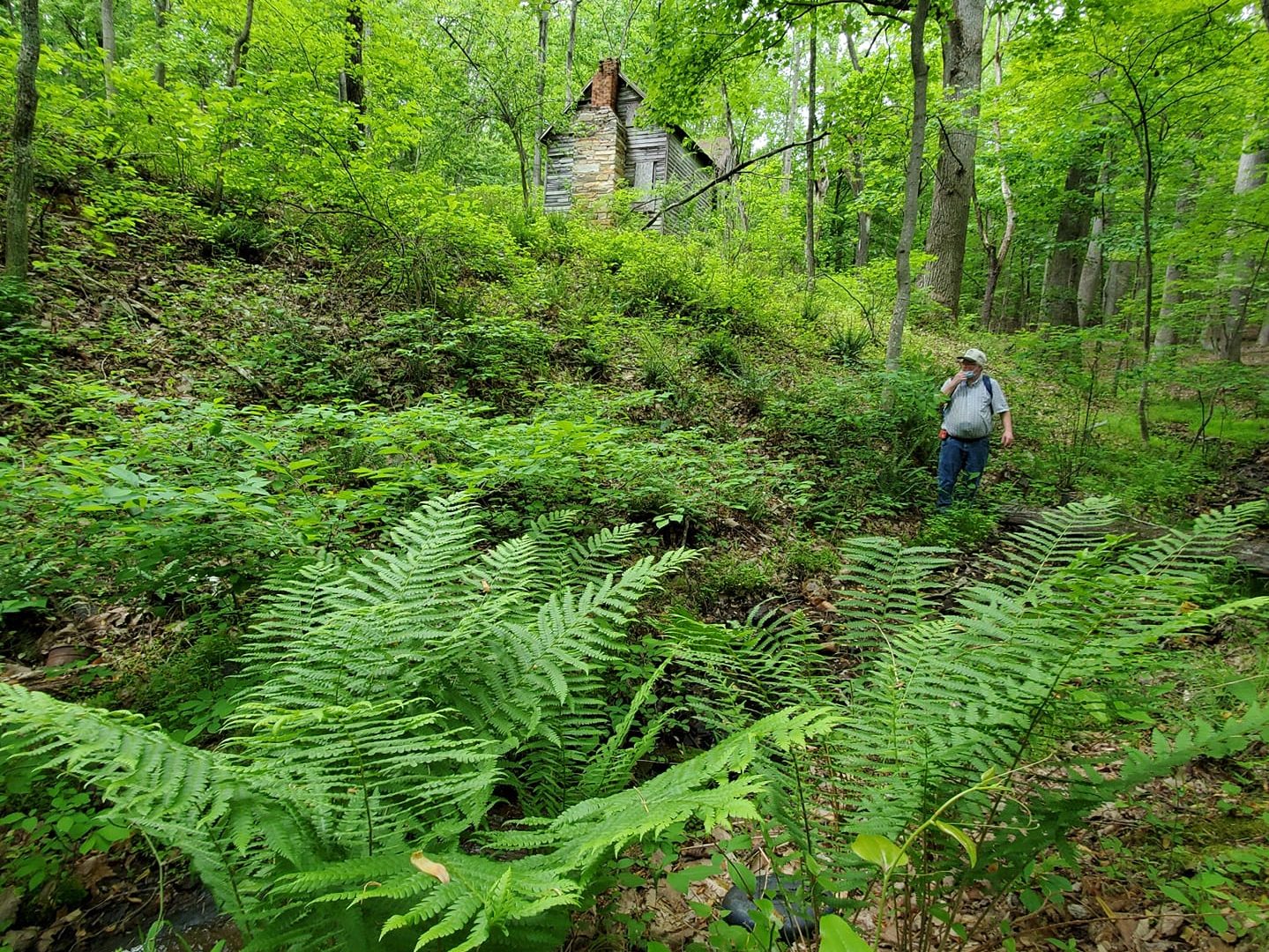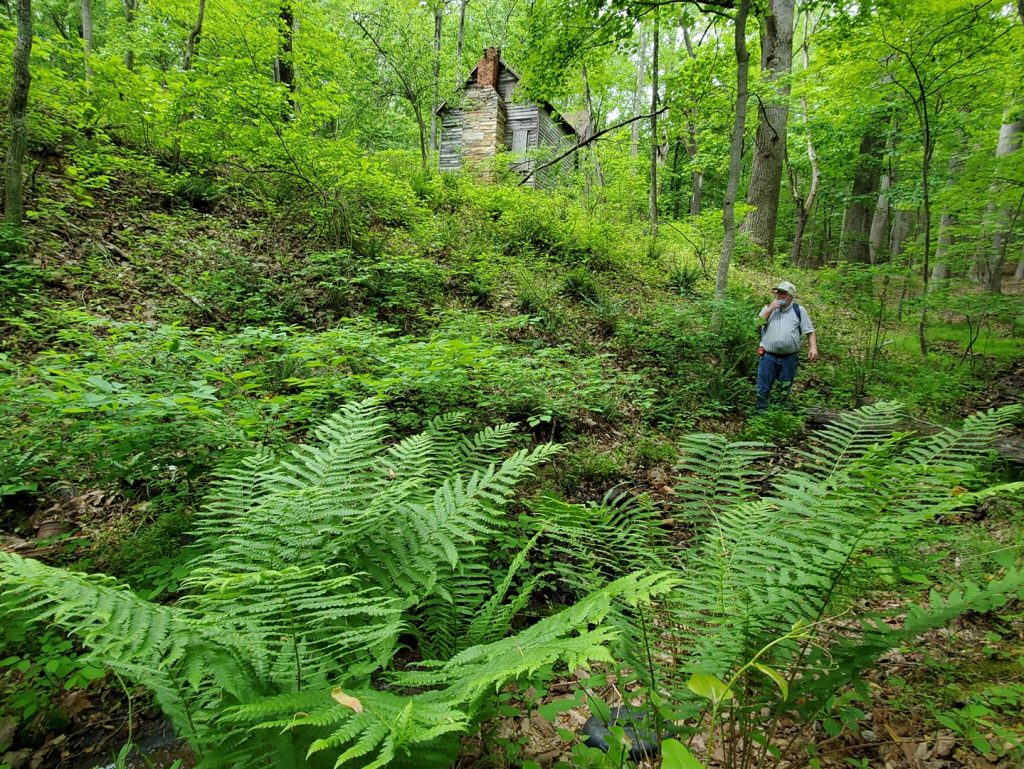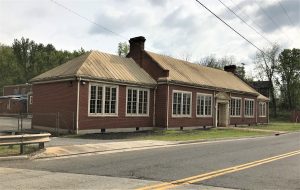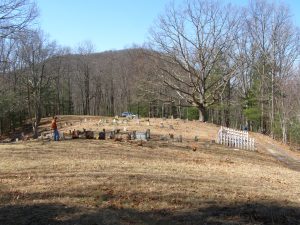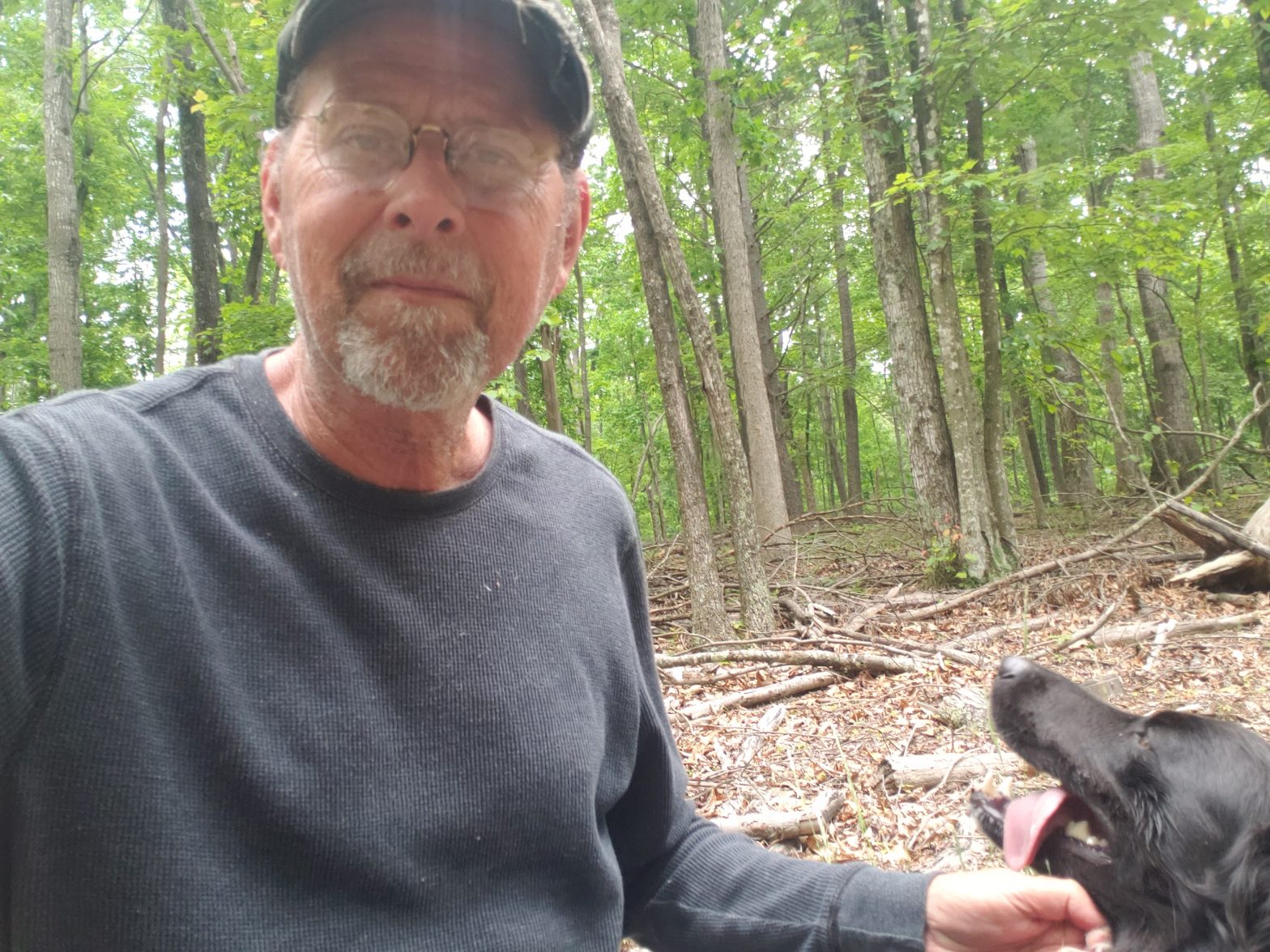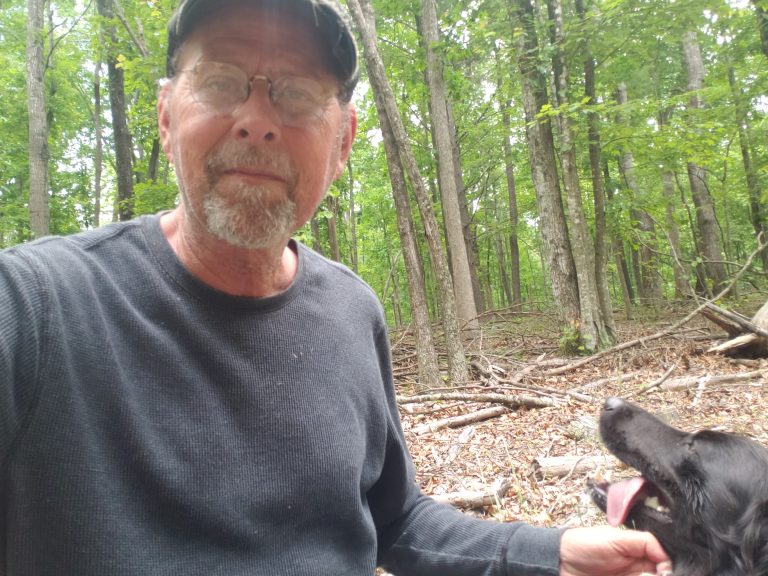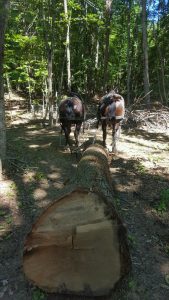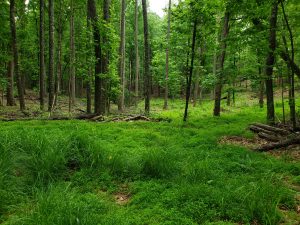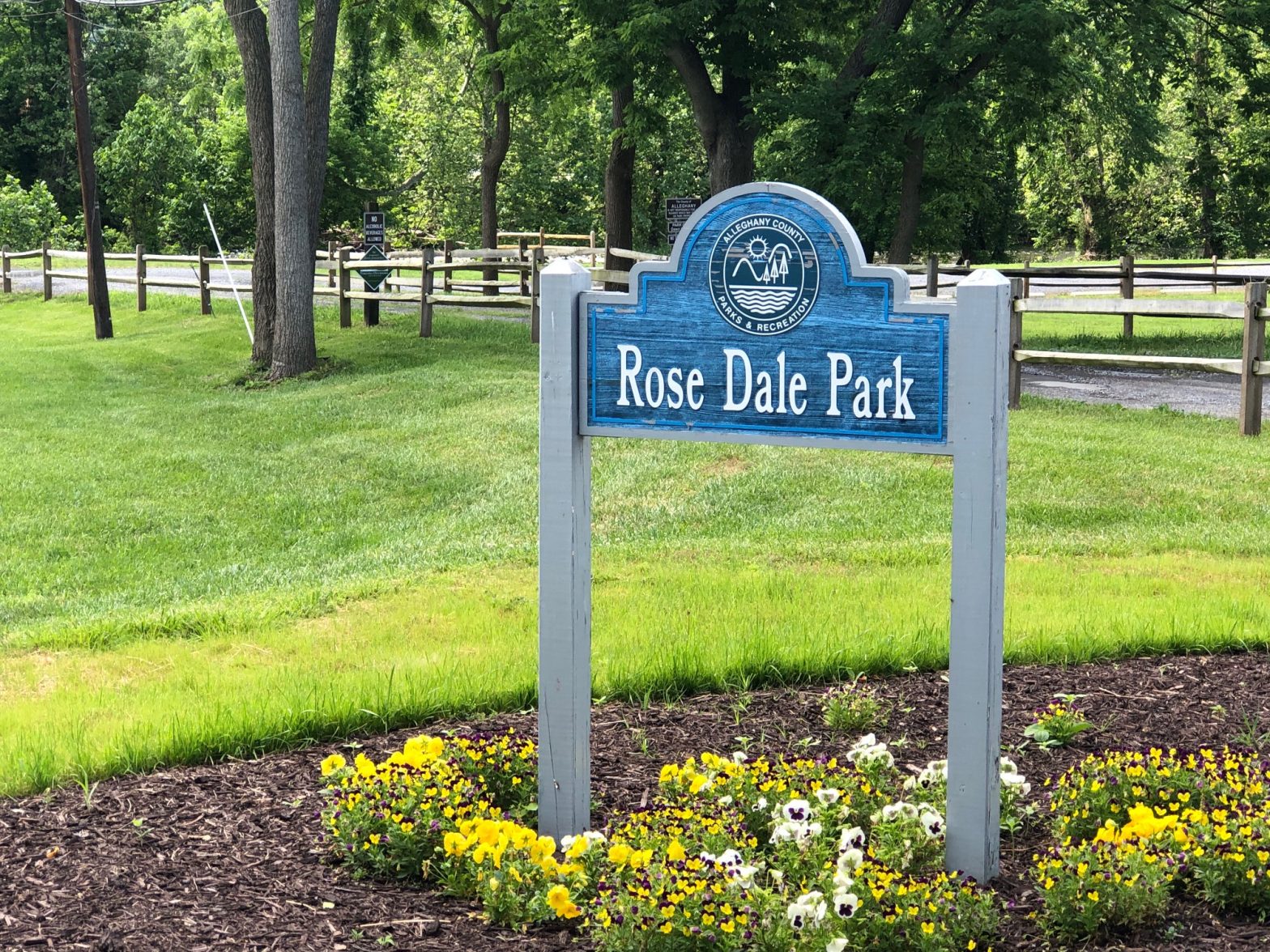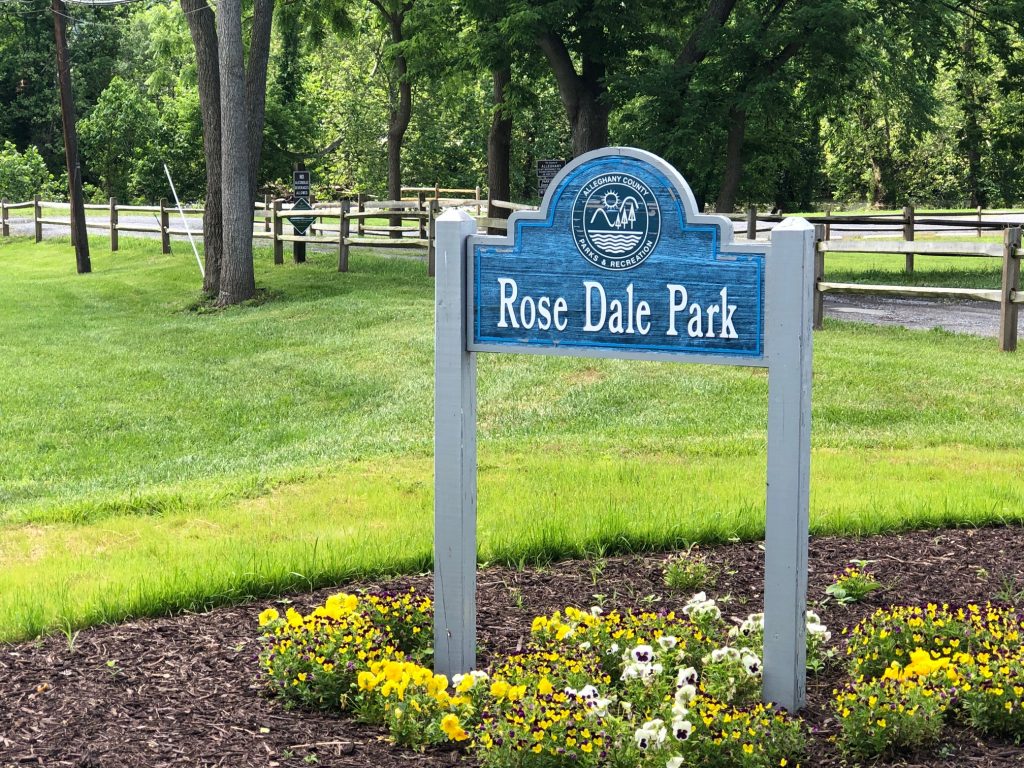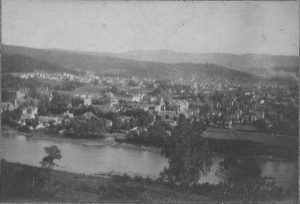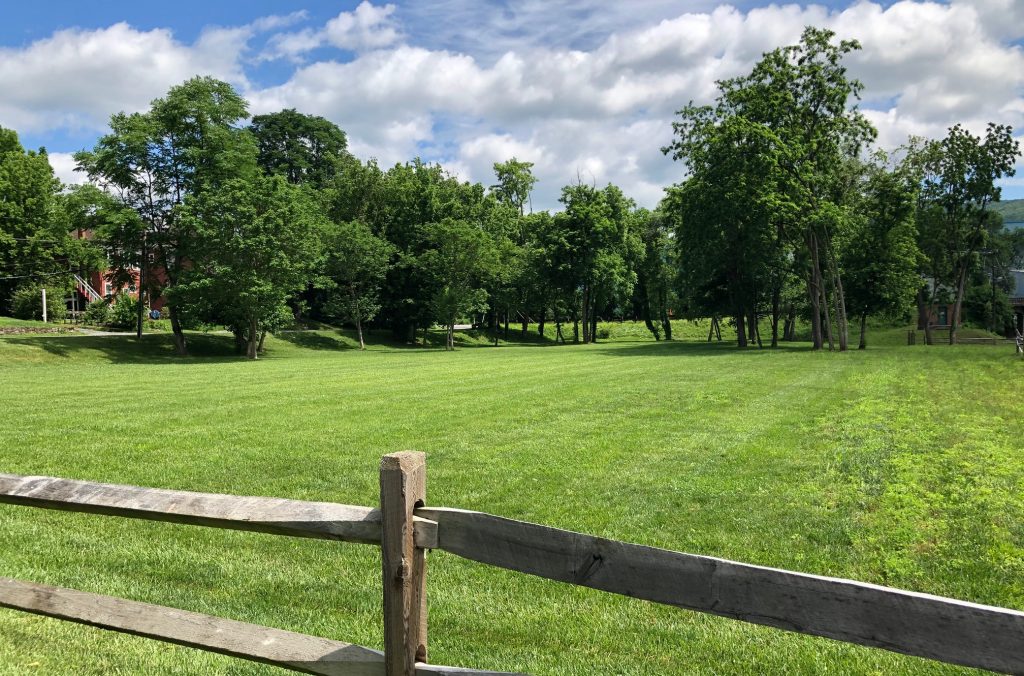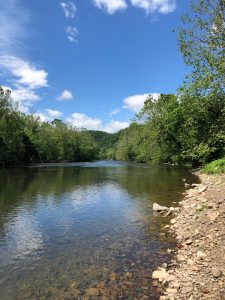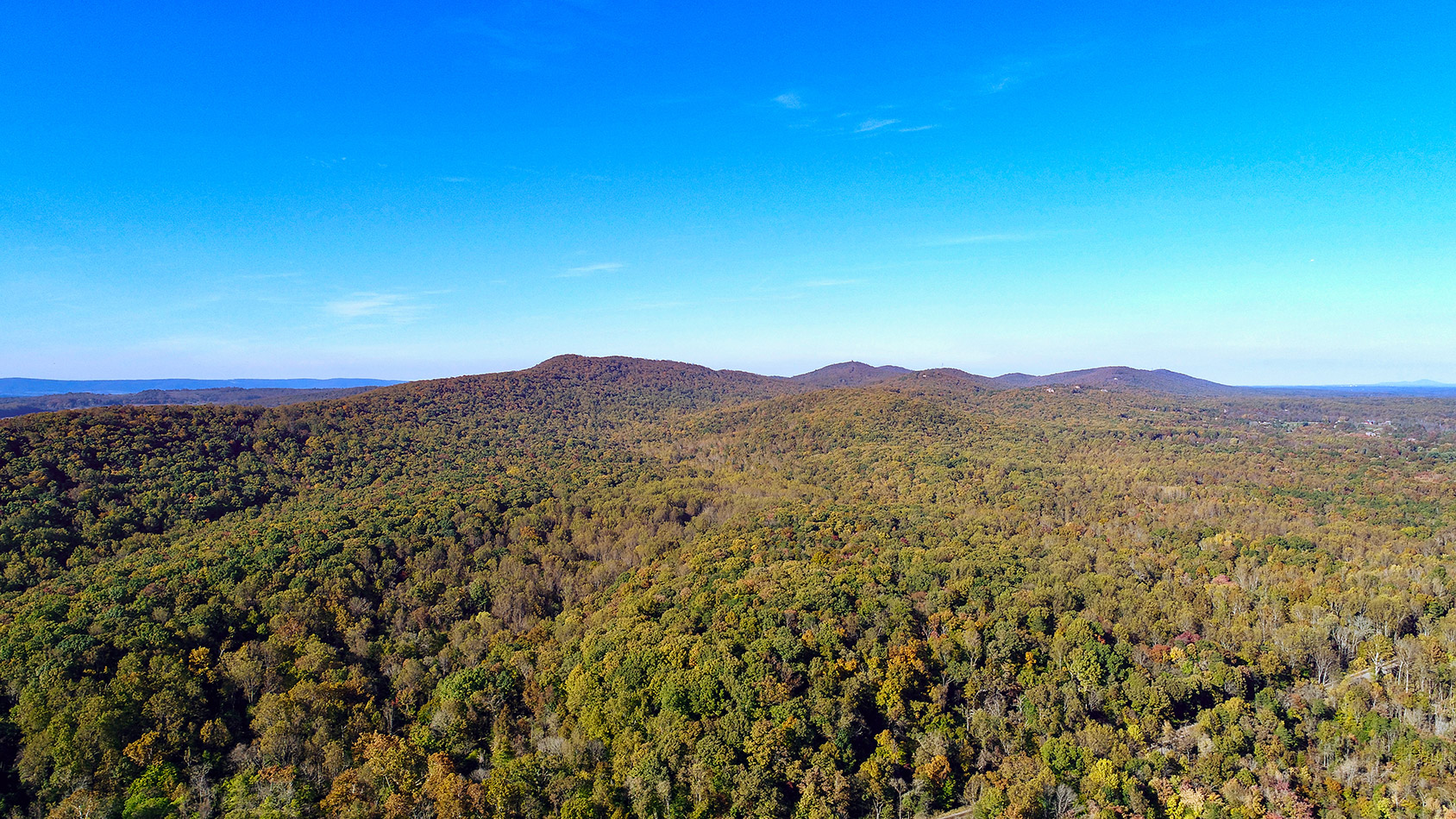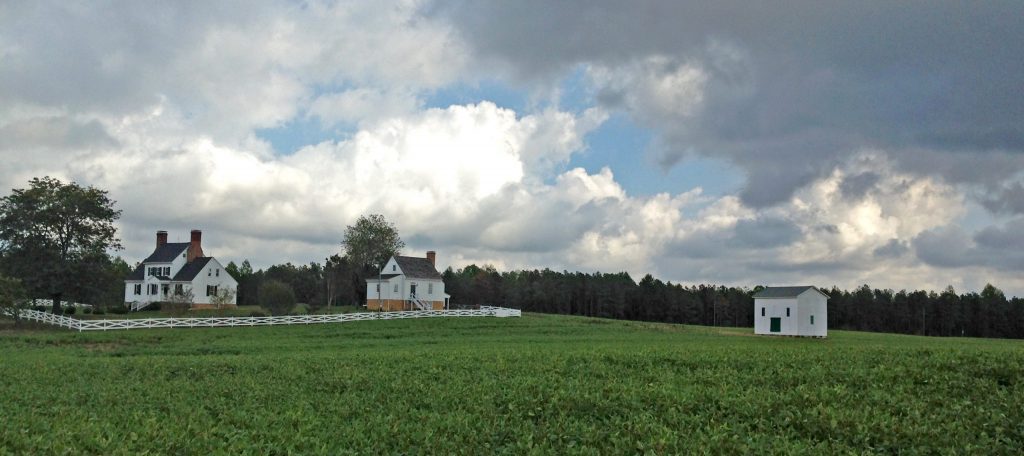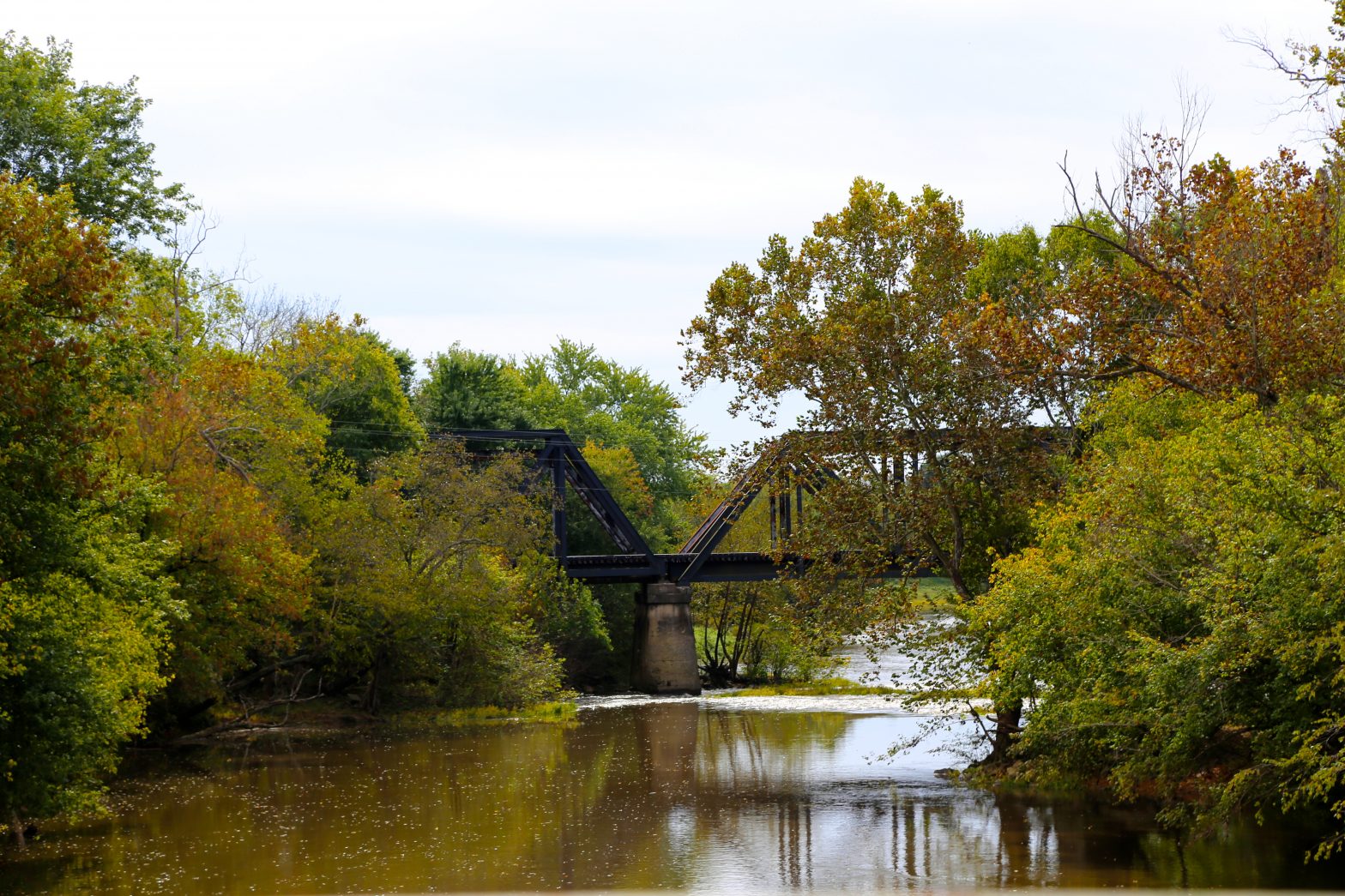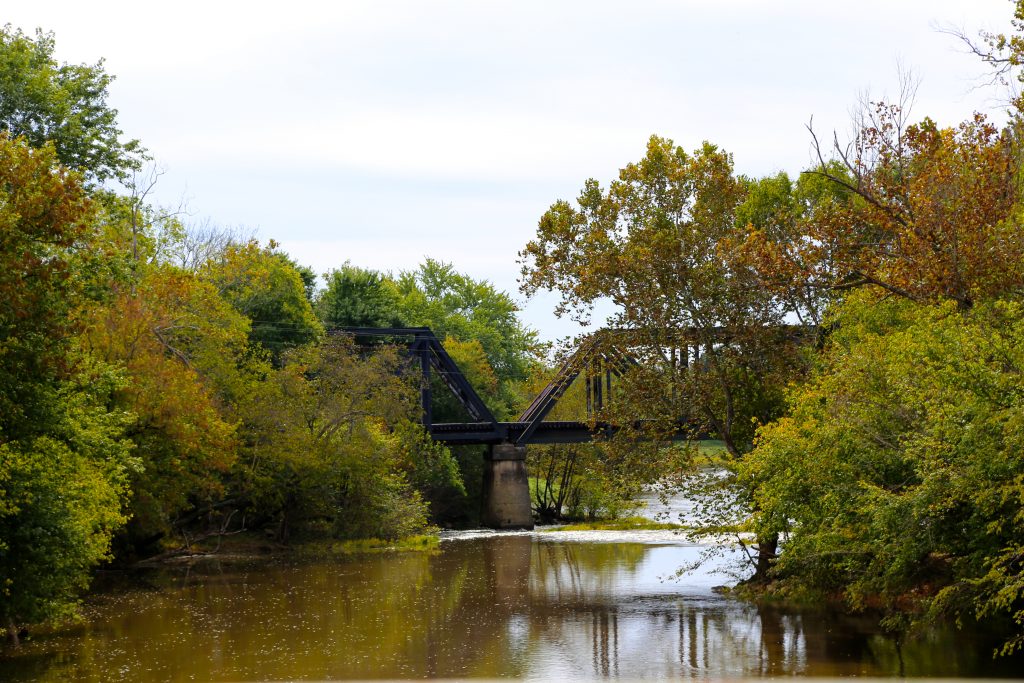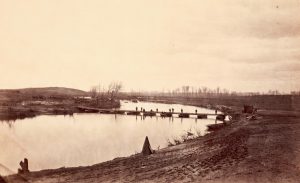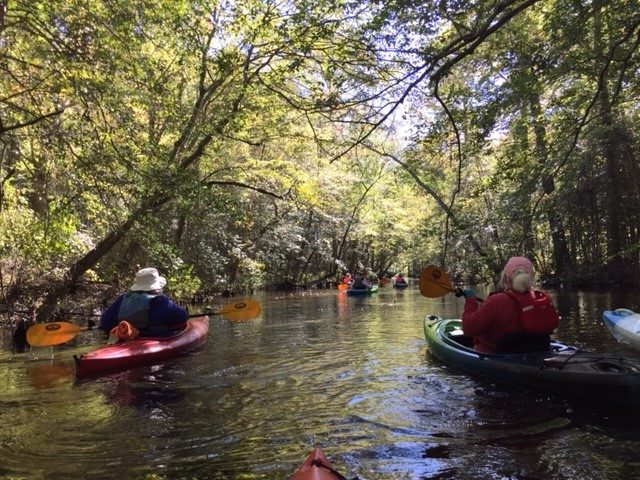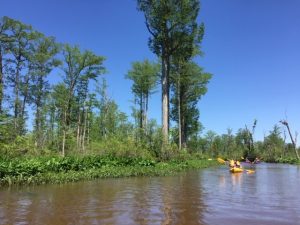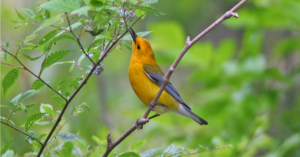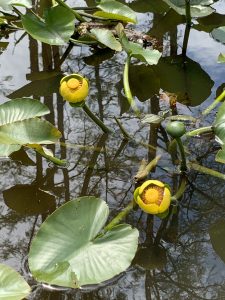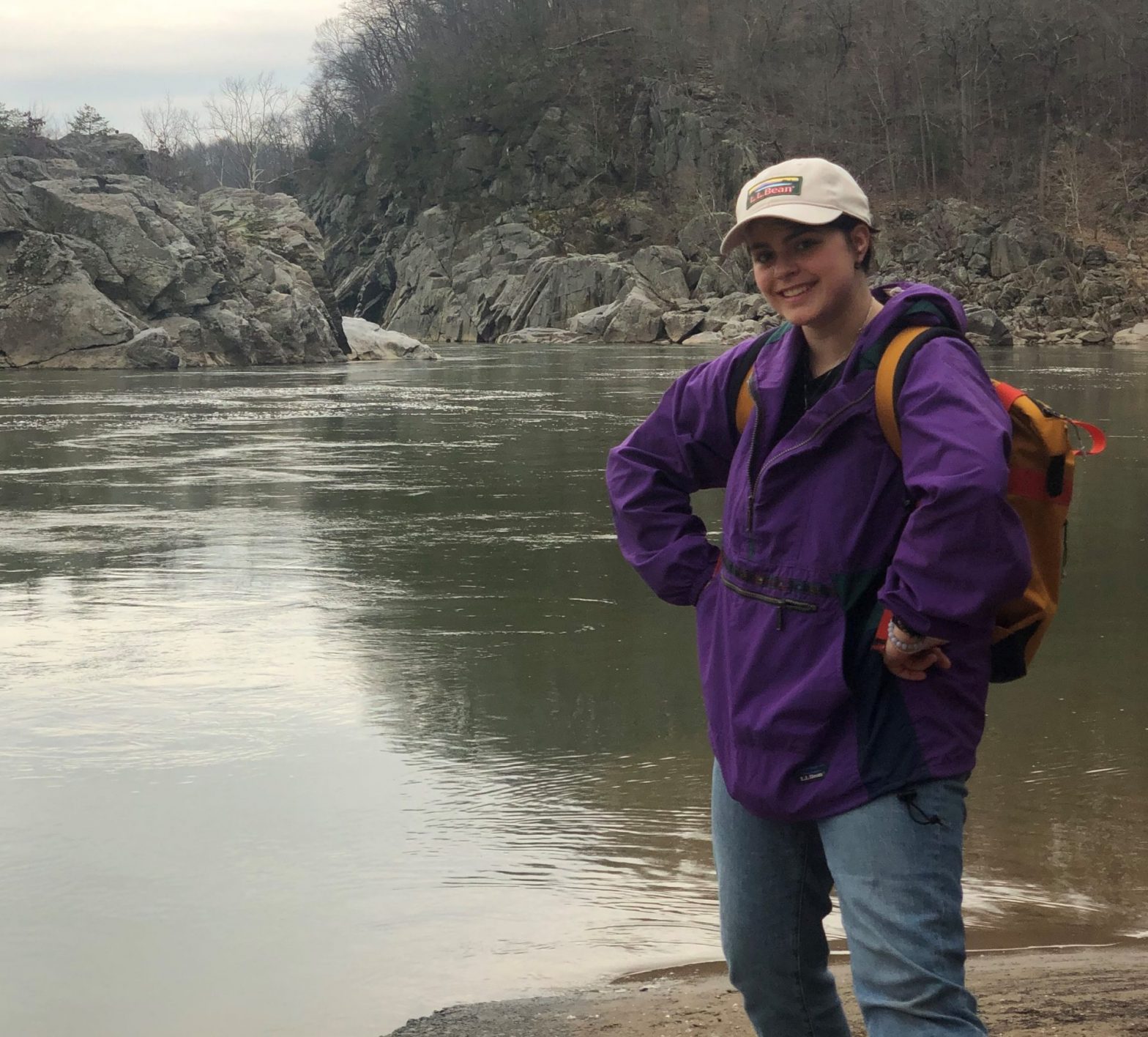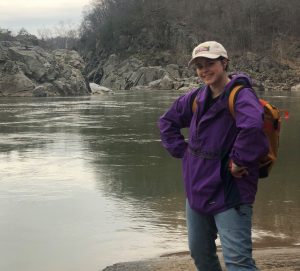The Virginia Outdoors Foundation (VOF) is now accepting proposals for the third round of grants for the Forest CORE Fund covering the Mountain Valley Pipeline region. The focus of the 2020 grant round will be on community-supported conservation in counties crossed by the Mountain Valley Pipeline, as well as independent cities within those counties.
In addition to protecting forested land, VOF hopes to encourage a wider audience to connect with forested lands and to ensure there are protected forested spaces available to the public.
With funding availability tied directly to the amount of clearing and grubbing completed along the pipeline’s route, the amount of funds made available in 2020 will be less than in the past two years. The total amount available is $1,000,000, and funding per project is capped at $200,000.
Proposals should demonstrate strong community support with full public access for enjoyment and connection with a forested environment.
Program materials, including an application, guidelines, and a map showing the area of eligibility, may be found online at http://www.virginiaoutdoorsfoundation.org/terra/fcf-mvp/.
The deadline for applications is November 20, 2020.
Changes to the program adopted by the VOF Board of Trustees in June 2020 are designed to increase the emphasis on community conservation. The program has been modified to target projects within impacted localities that have great importance to the community and show a high level of community support. Projects will be scored on these qualities, as well as their accessibility by the public and their educational components.
VOF will host a webinar for interested applicants on September 3, 2020 to discuss the project selection process in detail and answer questions from potential applicants. Additional information, including registration instructions, will be provided closer to the scheduled event.
Prior to the webinar, VOF will assemble small virtual meetings with partners within the area of eligibility, gathering together local government staff, representatives from planning districts, land trusts, trails groups, and other non-profit conservation partners to develop and discuss project proposals. Please contact program manager Emily White directly if you are interested in joining one of these regional meetings.
VOF continues to seek and welcome input from stakeholders as it refines the Forest CORE Fund programs for future grant rounds. Anyone interested in providing feedback should email Emily White at ewhite@vof.org.
